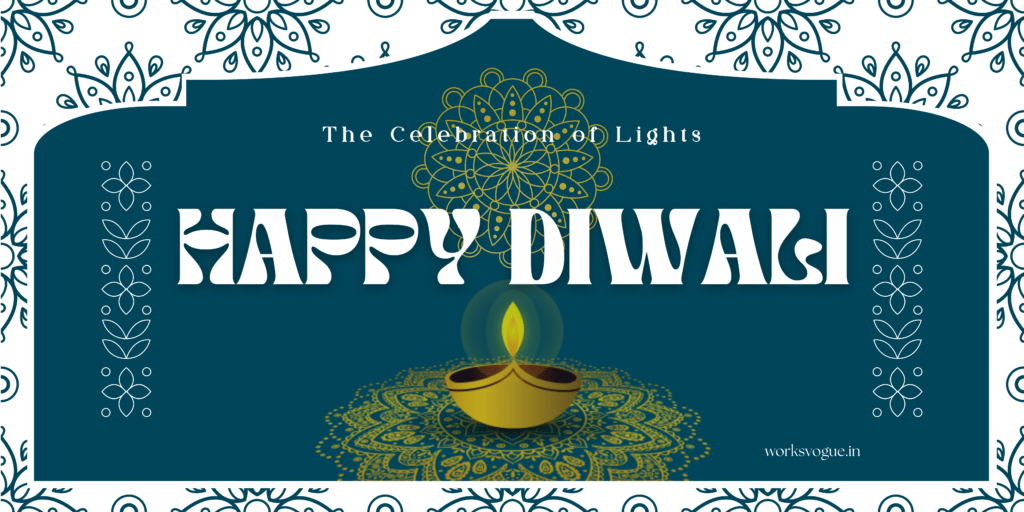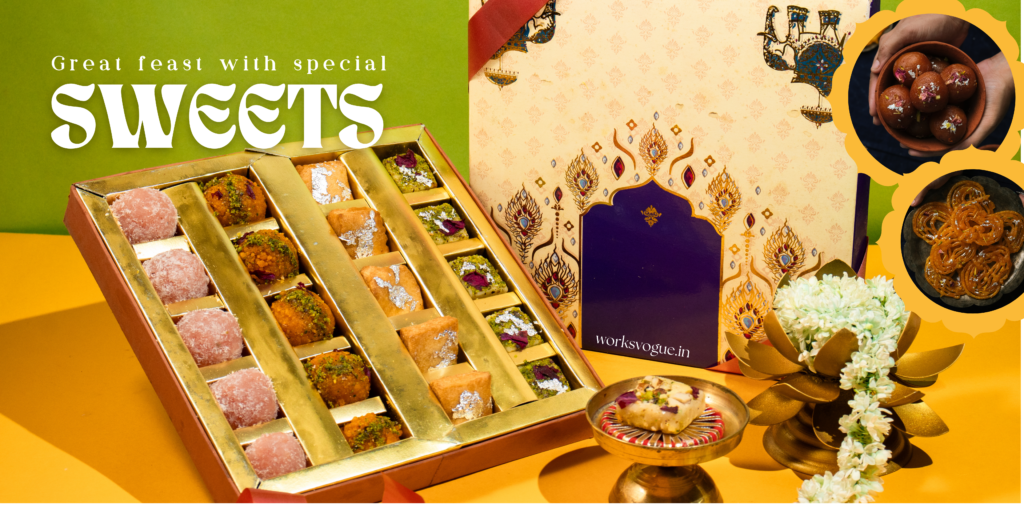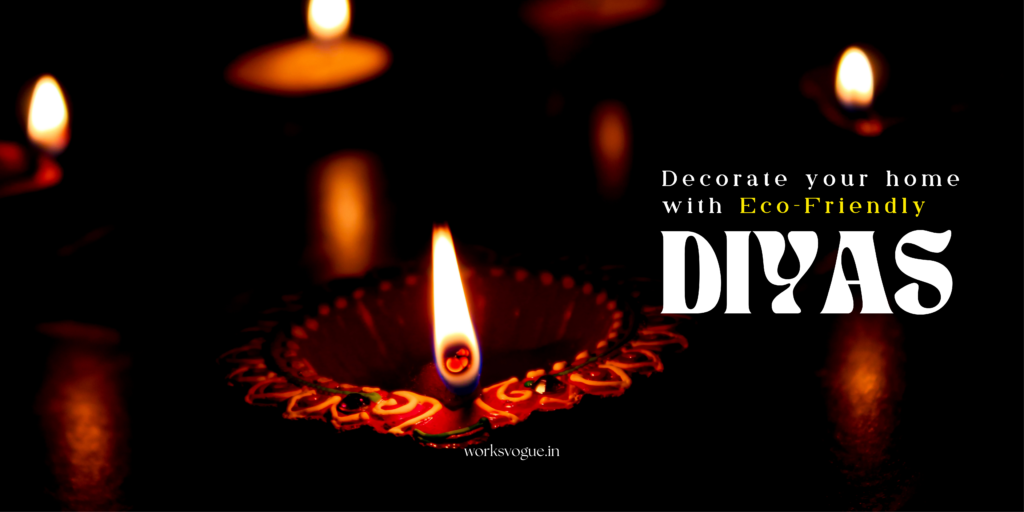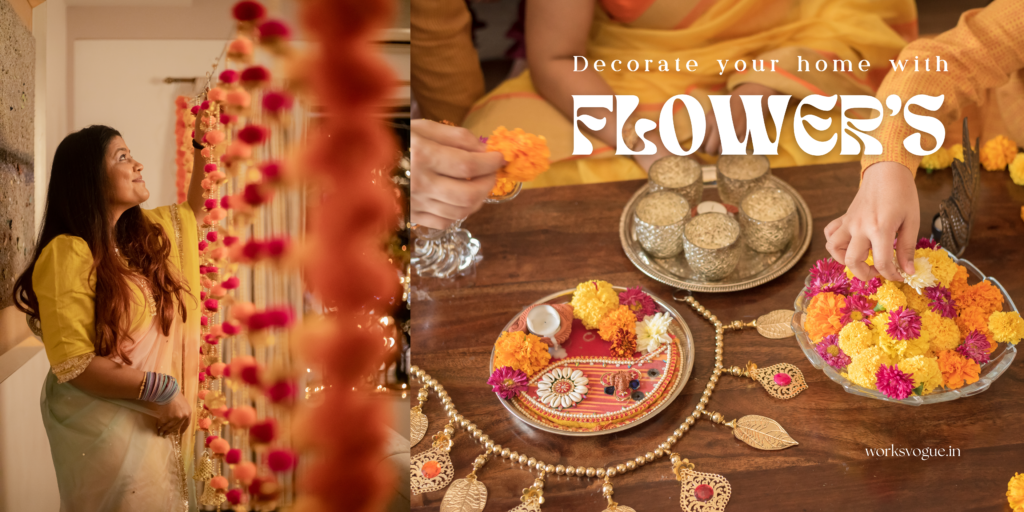Diwali 2024 is perhaps one of the most widely practiced and celebrated festivals in India and all over the world. Another name for Diwali is Deepawali. The word Deepawali is derived from two Sanskrit words: “Deepa” and “Avali.” “Deepa” means lamp, while “Avali” means row. Therefore, Deepawali literally refers to a row of lamps. This is why it has come to be known everywhere as the Festival of Lights, with all people lighting earthen lamps (diyas) to celebrate the victory of light over darkness and good over evil. It represents an occasion of happiness, unity, and spiritual enlightenment that brings families and communities closer together for its celebration.

Table of Contents
History of Diwali 2024
Several Hindu traditions and myths underlie Diwali. One of the most commonly known origins is the epic Ramayana: Lord Rama was off in his kingdom, Ayodhya, for 14 years of exile, defeating the demon king Ravana and returning to his kingdom. The people of Ayodhya lit up oil lamps or diyas to welcome their king home.
On the other hand, the festival pays allegiance to Goddess Lakshmi, who is the goddess of wealth and prosperity. It is said that during Diwali, Lakshmi comes to the homes showering her population with health, happiness, and wealth.
Diwali in southern India also signifies the victory of the Lord Krishna over the demon Narakasura, meaning triumph over evil.
The Five Days of Diwali 2024 Festival
The Diwali festival spans five days, each with its own unique customs and significance. Let’s explore the different days of the festival:
| Day | Date | Festival/Significance | Auspicious Timing (Muhurat) |
| Dhanteras | November 1, 2024 | Worship of Goddess Lakshmi and Lord Dhanvantari for wealth and health | Pradosh Kaal: 5:45 PM – 8:15 PM (Local time may vary) |
| Naraka Chaturdashi | November 2, 2024 | Choti Diwali; marks Lord Krishna’s victory over Narakasura | Abhyanga Snan: Early morning during Brahma Muhurat (approx. 4:30 AM – 6:00 AM) |
| Lakshmi Puja (Main Diwali) | November 3, 2024 | Main day of Diwali, celebrated with Lakshmi Puja | Lakshmi Puja Muhurat: 6:05 PM – 8:00 PM (Local time may vary) |
| Govardhan Puja | November 4, 2024 | Celebrates Lord Krishna lifting Govardhan Hill to protect villagers | Govardhan Puja Muhurat: 9:00 AM – 11:30 AM |
| Bhai Dooj | November 5, 2024 | Celebration of brother-sister bond | Aparahna Time for Bhai Dooj: 1:30 PM – 3:00 PM |
How Diwali is Celebrated



Full of colors, lights, and sweets, the festival of lights is an event that is typically followed for five days, wherein all follow as mentioned below:
• Lighting diyas and Candles: Clay lamps (diyas) and candles are lit up in homes and public places portraying the victory of light over darkness. Complete atmosphere becomes magical where homes are lit up and decorated with rangolis, flowers, and fairy lights.
• Worship Rituals: Families observe Lakshmi Puja on the third day which is the most significant day of Diwali. They worship Goddess Lakshmi for health, wealth, and happiness.
• Fireworks and Crackers: The bursting of firecrackers has been an age-old Diwali ritual to ward off evil spirits. However, over the past few years, the celebrations have become more environment-friendly as well as quieter.
• Feasts and Sweets: The festival also has a great feast, with special sweets of Laddoos, Barfis, Gulab-Jamuns prepared and exchanged as gifts. The mealtimes spend in the presence of friends and family make the occasions even more delightful.
• Gifts and New Clothes: Gift distribution is another very significant part of the celebration. People distribute and receive gifts, sweets, and clothes as a way to share happiness and show appreciation.
Environmental and Social Impact of Diwali
While Diwali is a joyous occasion, traditional practices such as setting off firecrackers have sparked hostility over issues of air and noise pollution. Recently, there has been a focus on a greener Diwali by embracing greener practices such as the following.
This is a responsible and meaningful celebration of the festival while being sensitive to nature. Here are some ideas Eco-friendly Diwali ideas:
1. Use Eco-Friendly Diyas and Lights
Traditional earthen diyas (clay lamps) made from clay instead of electric lights or plastic decorations are a great alternative. Diyas are traditional, eco-friendly, and help local artisans earn money.
LED lights can be used instead of traditional incandescent bulbs. LED lights use less power, which means reduced electricity.
2. No Fire Crackers or Green Crackers
Fire crackers lead to maximum air and noise pollution. Celebrate Diwali and not burst fire crackers. They cause less pollution and are eco-friendly. You can also celebrate your Diwali with laser shows and light-based celebrations without crackers.
3. Celebrate with Natural Rangoli
Use rangoli created from natural content like flowers, rice flour, turmeric, and pulses instead of chemical-based colors. These are bio-degradable and give the decoration an organic feel.
4. Reduced Plastic
Avoid using plastics and disposable stuff while decorating and even while serving the food. Prefer cloth adornments and organic paper lanterns. Use biodegradable plates and cups made of leaves, and plates made of bamboo.
5. Eco-Gift
Choose environment friendly gifts like saplings of plants, handmade crafts or eco-friendly products. Gift of plants not only propogates greenery but also makes meaningful long-lasting present.
Choose recycled gift wraps or wrap up gifts in reusable fabric or newspaper art.
6. For Sustainable Sweets
Opt for homemade sweets or buy from street vendors who use minimum packaging. Instead of buying sweets that are packed in plastic, think of making homemade sweets or buy from street vendors who take minimum packaging. Buy Diwali sweets made from local materials
7. Electricity Usage Reduced
Succeed in reducing your time usage of electric decorative lights. Do outdoor activities and decorate outdoors wherever possible using natural daylight
8. Community Clean-Up
Join or sponsor a community cleanup after Diwali, collecting all waste and ensuring proper disposal. Ensure appropriate disposal of used diyas, flowers etc
9. Promote Charity Activities
Use Diwali as a means to give contributions that would support ecological causes or making charity instead of firecrackers. Educate your community on celebrating a Green Diwali by launching campaigns or events or through social media.
10. Water Conservation
Reduce the usage of water in cleaning and ornamenting the house. Dry cleaning or minimum usage of water for rangoli preparation or floor decoration.
Regional Variations of Diwali
It is celebrated throughout India, but the way it is observed differs across the regions as:
• In North India, Diwali represents the return of Lord Rama to Ayodhya. It includes huge fireworks, processions, and elaborate ceremonies.
• In Maharashtra and Gujarat, the festival is popularly associated with Lakshmi Puja; businessmen usually close the account of the previous year and hope for better and good years in the future.
• South India celebrates Diwali as Naraka Chaturdashi, the killing of Narakasura by Lord Krishna.
• In Bengal, Kali Puja is the celebration of Diwali, where the goddess of power, Kali, is worshipped.
Conclusion
Diwali is more than a festival of lights; it is also time for the family, reflection, and even celebration. It is said to be tied to deep-rooted cultural and spiritual values of Hinduism, representing victory over evil by good. We need to love, care for others, be generous, and make sure that our celebration of this feast does not start harming the environment.
You can buy eco-friendly diyas in afforable price on amazon Click Here
You might be interested in reading this post as well:
The Timeless Art of Clay Pot Cooking: Celebrate the Best Tradition in 2024
FREQUENTLY ASKED QUESTIONS (FAQ)
1. Why is Diwali known as the Festival of Lights?
- The festival of Diwali symbolizes the victory of light over darkness. The people light diyas-lamps and candles-illuminating their homes, depicting good over evil.
2. What is so special about Lakshmi Puja on Diwali?
- Lakshmi Puja is performed to obtain the blessings from Goddess Lakshmi, who is the goddess of wealth and prosperity. Families worship her to have a prosperous and successful year ahead.
3. Why people burst crackers on Diwali?
- Bursting crackers drives away evil spirits, so they believe. However, in recent times, due to environmental issues, it has become a topic for reconsideration, and many prefer to celebrate in a greener fashion.
4. What is Diwali / Deepavali?
- No difference in essence of the festival. Diwali is Hindi for the festival, and Deepavali is the Sanskrit word, which means “row of lamps.”
5. Which are the sweets prepared during Diwali?
- Laddoos, Barfis, Gulab-Jamuns, Jalebis, and Kaju-Katli are the most popular sweets prepared during Diwali. These can be made at home or purchased from a shop and shared with family and friends.
6. How do people celebrate Bhai Dooj?
- On Bhai Dooj sisters pray for their brothers’ wel fare and follow a small ceremony wherein they apply tilak on their brothers’ foreheads. Brothers, in return, offer gifts and vow to protect their sisters.
________________________________________

